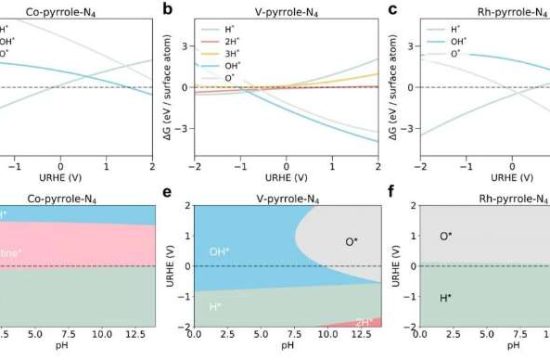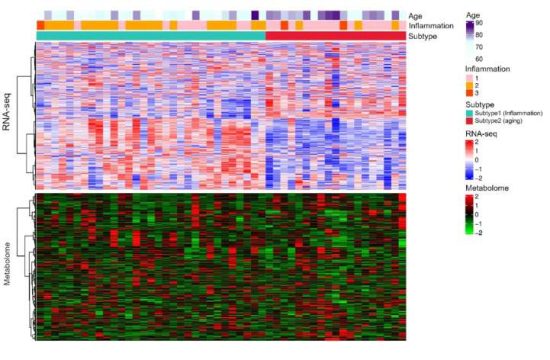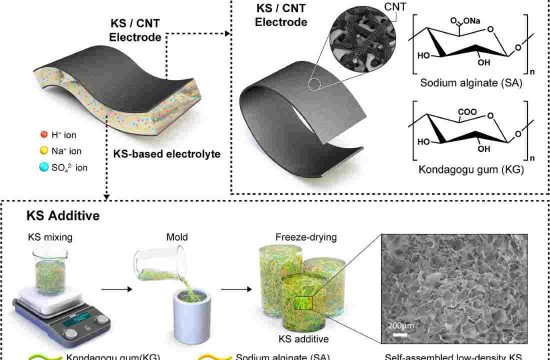Researchers in Singapore are helping institutions understand both the benefits and risks of real-time business transactions. They have provided businesses with economic and strategic insights by their collaborative efforts in research areas that span data analytics to information security and software systems.

SMU Office of Research – In today’s corporate environment dominated by companies such as Google, Apple and IBM, it is clear that Information Technology (IT) has transformed the way the world does business. IT has given companies unprecedented insights into their customers, hastened the internationalisation of business operations and opened up new modes of business such as e-commerce. But the most dramatic change that IT has brought is perhaps the increase in the speed of making transactions.
[pullquote]The dramatic increase in speed, however, is accompanied by its attendant risks. “High-frequency trading has been blamed for the 2010 Flash Crash, where a mistake in an automated computer order caused the Dow Jones Industrial Average to crash in just 10 seconds[/pullquote]
Just a couple of decades ago, stockbrokers jostling on the trading floor bought and sold by the second. Although securities and derivatives trading in the stock exchanges today still involve many people, their faces lit by the glow of at least five or six monitors, in some countries, computers make near to or greater than 50% of all transactions on their behalf. Able to make transactions at one million times the speed of human decisions, high-frequency trading software algorithms exploit small stock price fluctuations to make profits of a fraction of a cent, accumulating them over thousands of trades per second.
The dramatic increase in speed, however, is accompanied by its attendant risks. “High-frequency trading has been blamed for the 2010 Flash Crash, where a mistake in an automated computer order caused the Dow Jones Industrial Average to crash in just 10 seconds,” explains Ma Dan, an Assistant Professor at the Singapore Management University (SMU) School of Information Systems (SIS).
“Should firms become early adopters of innovations such as high-frequency trading, or wait and see, and only follow when the technology becomes more mature? These are some of the research questions my collaborators and I address in our research,” she adds.
Bringing payments up to speed
Professor Ma, together with SIS colleagues Professor Robert Kauffman, Associate Professor Guo Zhiling and Assistant Professor Mei Lin, are investigators on a project studying the feasibility of implementing another technology that is rapidly changing business operations: real-time payment and settlement systems.
The team of four, led by Associate Professor Guo Zhiling, has been funded by a grant from the Belgian-based SWIFT Institute, the research arm of a network of over 10,800 financial institutions around the world.
Unlike investment banks which have readily embraced the high-octane world of high-frequency trading, retail banks have rightfully been more cautious to adopt faster clearing and settlement practices for their customers’ payments. Dealing with smaller amounts of money that flow between customers and merchants, retail banks have traditionally settled their transactions at the end of the day, holding on to funds in what is known as a ‘float’.
“These days, SWIFT and other financial services organisations that are involved in settling international payments are trying to figure out ways to make it such that small merchants who receive low dollar payments get their money almost as soon as the transaction is made,” Professor Kauffman says. “This helps small businesses with their cash flow.”
Best of both worlds
Currently, two types of settlement procedures are used, each with their own strengths and weaknesses. Interbank netting systems support ‘Delayed Net Settlement’ (DNS) through batch processing systems. The process involves accumulating payments and settling them in batches at the end of a predefined netting cycle, such as the end of the day. At the other end of the spectrum are what the industry calls ‘faster payment’ and near ‘Real-Time Gross Settlement’ (RTGS), where interbank obligations are cleared one by one in close to real-time so banking customers can receive them.
“DNS is an efficient way to reduce the liquidity needs of a payment system, but it accumulates financial risks and incurs settlement delays. On the other hand, RTGS may avoid short-term debts between participants, but it creates intraday liquidity needs to smooth payment flows that are not synchronised,” Professor Guo notes.
“Instead, we propose a hybrid payment management system that combines various functions of DNS, RTGS, payment priority queuing, and liquidity provision functionalities. This gives banks the flexibility to settle some high priority payments immediately using their central bank reserves. At the same time, queued payments are cleared either when the sending banks have sufficient liquidity or through credit extension from the central queue to prevent further delays.”
Extensive simulations showed that the hybrid system can significantly reduce payment delays compared to DNS, while effectively lowering liquidity needs to a greater extent than RTGS. Professor Guo and colleagues also showed that the central queue provides faster access to funds without imposing unacceptable interbank settlement risk, effectively speeding up payment settlement between banks.
“Our research offers a deep understanding of the economic incentives and business value that arise from real-time payment systems, helping the payments industry and payments policy-makers decide whether and how to implement such advanced technology-based business processes,” Professor Guo says.
When payments go mobile
The SIS researchers’ hybrid mechanism study has implications for the rapidly growing arena of mobile payments, where financial transactions are made using mobile phones rather than cash, cheques or credit cards. Driven by the ubiquity and convenience of mobile phones, mobile payments have steadily increased in volume, growing from 73 million accounts in 2013 to 103 million in 2014.
“The momentum for real-time payment systems is growing around the world. Countries such as the United Kingdom (UK) and Singapore have already implemented schemes such as the Faster Payments Service (FPS) and G3, respectively. Australia plans to roll out its New Payments Platform (NPP) to bring efficiency gains for businesses through immediate clearing and settlement of retail payments. Over the next few years, at least a dozen new real-time payment clearing and settlement systems are expected to emerge, as countries around the world do their best to embrace the future of fast money,” Professor Guo says.
However, embracing new technology is not without its costs, she adds. “Incentives are needed to facilitate adoption. To make the migration to real-time payments, banks require a huge upfront investment in new infrastructure but face uncertain payoffs in the long term. When market forces alone are not sufficient to produce innovations in the payment industry, bankers need to dig a little deeper to promote technological change in support of higher quality financial services,” Professor Guo says.
“The result is that there is going to be a shift in the way business value accrues to different stakeholders in the market,” says Professor Kauffman, adding that “much more value will go to consumers, and small and medium enterprises.”
Professor Kauffman elaborates, “Bankers also need to recognise that their investments will contribute to public infrastructure for faster payments, which may be harder for them to monetise. They can create new capabilities that reflect the diminishing demand for cash, and the future ‘on-demand’ nature of digital payment services. So it’s not about profit: instead it’s about the ‘hook up or lose out’ relevance as the current revolution in financial technology progresses.
Harnessing analytics for business
The effect of real-time payment technology on business value is but one example of how IT is changing the face of business, the SIS researchers say.
“Just as automated payrolls that have enabled companies to do analytics and forecasting of their cash flow are now commonplace, I envision that technology-transformed business processes such as faster payments will lead to an integration of data analytics services and make business processes more efficient,” says Professor Kauffman.
Professor Kauffman and his SIS colleagues have been at the forefront of helping businesses to make sense of the wide range of information now available to them through IT, and use it to their advantage. SIS researchers have provided businesses with economic and strategic insights, by their collaborative efforts in research areas that span data analytics to information security and software systems.
“I believe that our research is solidly grounded on financial services industry practices, and I have benefited from interacting with payment and risk management professionals at the Monetary Authority of Singapore, the global head of research at the SWIFT Institute, and industry experts from Australia, Singapore, and the UK,” Professor Ma says. “The strength of our school’s research team is its ability to develop state-of-the-art technology solutions to address real-world business challenges.”








